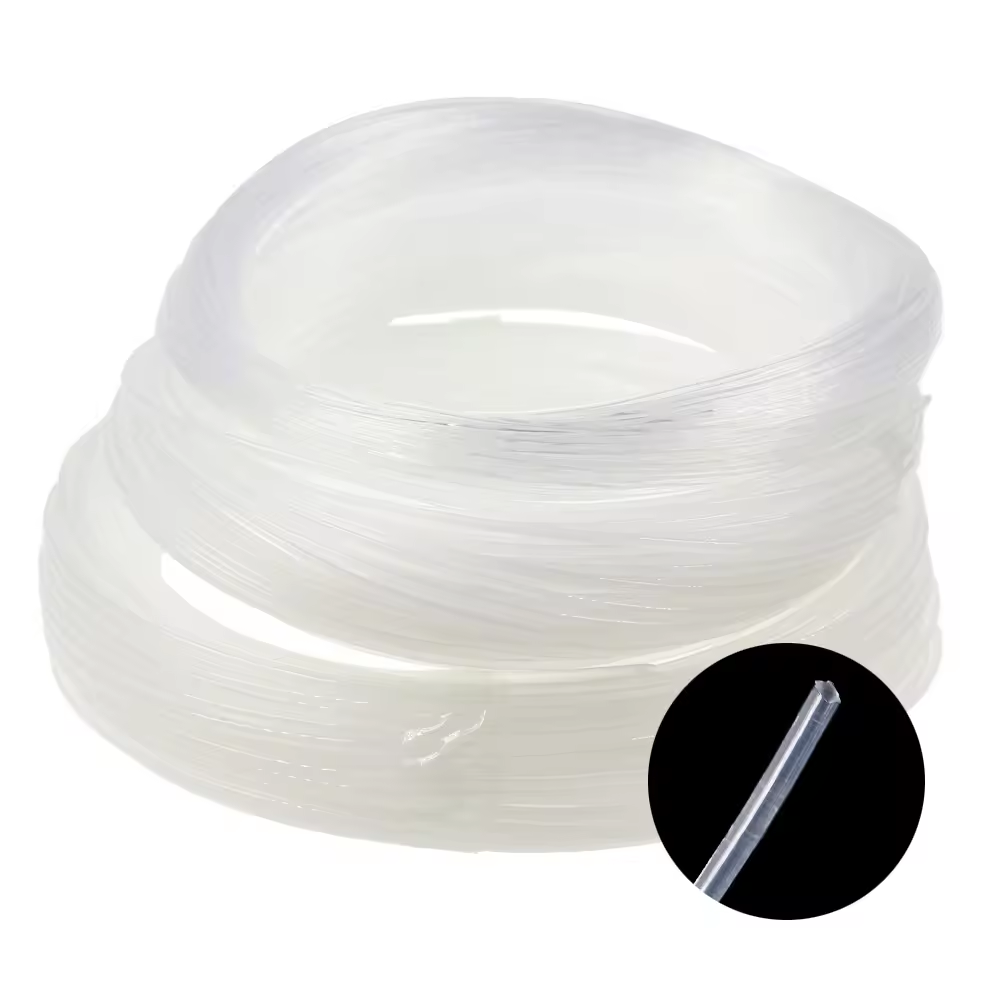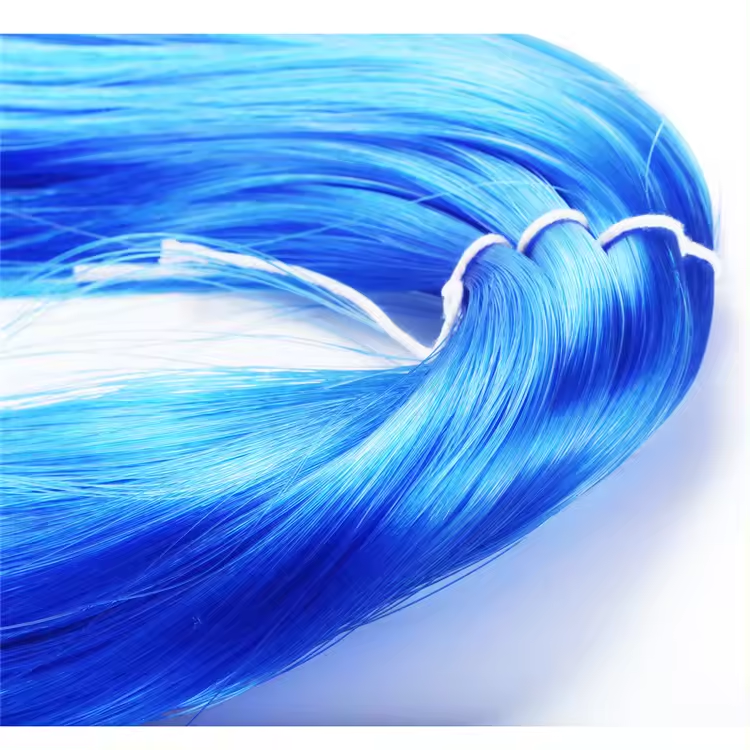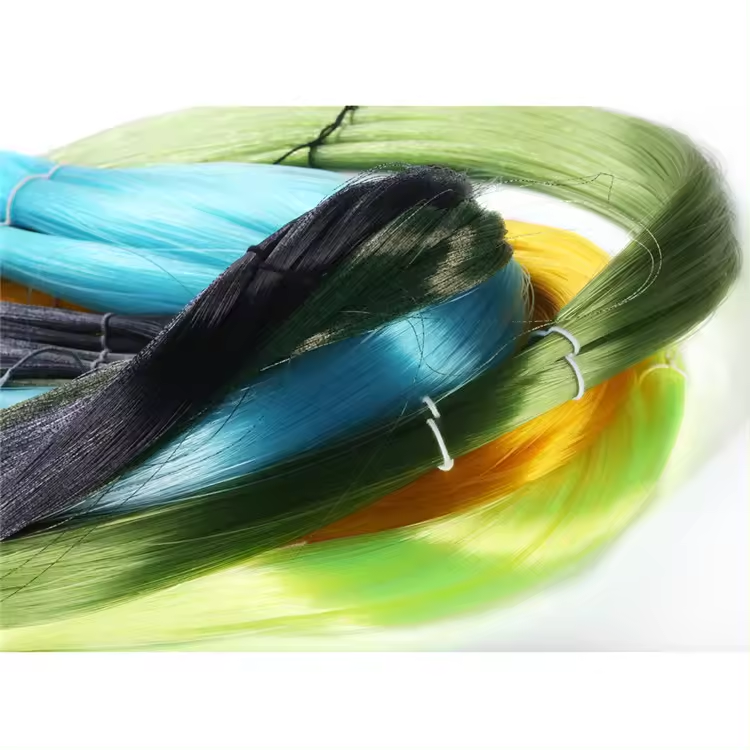Table of Contents
Does Unused Fishing Line Go Bad?
Many anglers wonder does Unused Fishing Line Go Bad?? Will it affect its performance when it is finally put into use? In this article, we will explore the impact of storage conditions on the life of fishing line, providing insights on how to extend its integrity.
Understanding Unused Fishing Line
Unused fishing line refers to line that has been stored but not yet utilized for fishing. While some anglers may assume that unused line remains in pristine condition indefinitely, the reality is more nuanced. Various factors can contribute to the degradation of fishing line over time, even when it’s not actively being used in a fishing scenario.




Factors Affecting Unused Fishing Line
Environmental Conditions:
Storage environments play a crucial role in determining the longevity of fishing line.
Exposure to extreme temperatures, humidity, and UV radiation can accelerate the degradation of line materials.
Storing line in areas with fluctuating temperatures or direct sunlight can lead to premature deterioration.
Material Composition:
Different types of fishing line, such as monofilament, fluorocarbon, and braid, have unique properties that affect their susceptibility to degradation.
Monofilament lines are particularly vulnerable to UV damage, which can cause them to become brittle and lose strength over time.
Fluorocarbon lines are more resilient to UV exposure but may still degrade if stored improperly.
Braid lines generally have a longer shelf life due to their durable construction but can still be affected by environmental factors.
Storage Duration:
While fishing line typically does not have an expiration date, extended periods of storage can lead to a decline in performance.
Over time, unused line may become more prone to tangling, abrasions, and reduced tensile strength, even without direct use.
Preserving Unused Fishing Line
Optimal Storage Conditions:
To prolong the lifespan of unused fishing line, store it in a cool, dark place away from direct sunlight.
Avoid storing line in areas prone to temperature fluctuations or high humidity, such as attics or sheds.
Consider using storage solutions such as tackle boxes or line spool organizers to protect line from environmental damage.
Regular Inspection:
Periodically inspect unused fishing line for signs of damage, including discoloration, fraying, or stiffness.
If any abnormalities are detected, consider replacing the affected line to prevent potential issues during fishing trips.
Rotation and Replacement:
Rotate unused fishing line periodically to prevent it from developing permanent memory or weak spots.
While unused line may not have a strict expiration date, consider replacing it every few years to ensure optimal performance when needed.
What are the factors that can affect the lifespan of unused fishing line?
The lifespan of fluorocarbon fishing line can be affected by various factors such as exposure to sunlight, extreme temperatures, and improper storage. UV rays can break down the molecular structure of the line, while high temperatures can weaken it. Storing the line improperly can also lead to premature deterioration.
Conclusion
While unused fishing line may not deteriorate as rapidly as line in active use, it is still susceptible to environmental factors and aging over time. By understanding the potential risks associated with storing fishing line and implementing proper storage practices, anglers can prolong the lifespan of their unused line and maintain its integrity for future fishing adventures. Regular inspection and occasional replacement can help ensure that unused fishing line remains reliable and effective when called upon for use.
We are a Chinese fishing tackle manufacturer with 18 years of experience, we are able to meet any of your fishing and tackle sourcing and customization needs, please feel free to contact us! Please submit the form and our team will contact you shortly!
